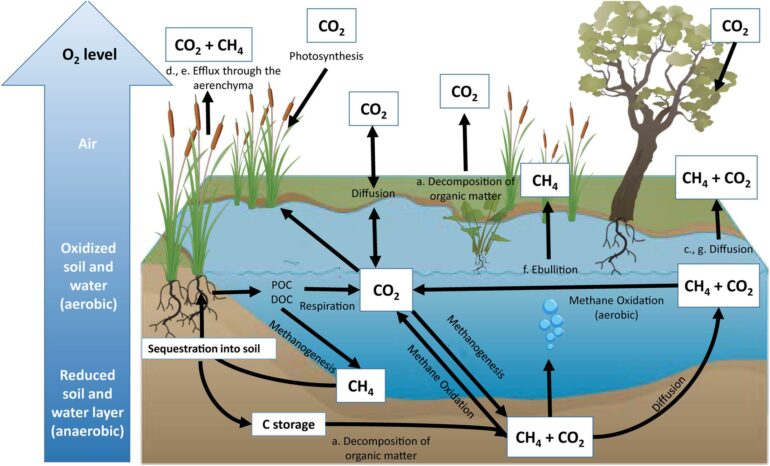With no-wind-turbine signs on roadsides next to cornfields, it’s hardly surprising that land use is a thorny issue for renewables. But how much land do different zero-carbon technologies really use?
Jessica Lovering, a senior visiting fellow of the Fastest Path to Zero Initiative at U-M’s nuclear engineering and radiological sciences department, dug into this problem with colleagues at the Breakthrough Institute, University of California Santa Barbara, and UC Berkeley. She is first author of the study in PLoS One reporting the results, and she told the Michigan Engineer about the significance of their findings.
Why is it important that energy developers and policy-makers consider the land occupied by power generation?
Currently, most energy systems modeling focuses on maintaining grid reliability while reducing emissions and minimizing costs—with little attention paid to other environmental impacts like land use, ecosystem disruption, water use and material input. Yet rigorous decarbonization studies like Princeton’s Net-Zero America and NREL’s Renewable Electricity Futures anticipate significant expansion of land occupied by energy infrastructure.
In the U.S. at least, we appear to have a lot of available land, so you might assume this really isn’t an issue the way that greenhouse gas emissions are. But we’re starting to see a rapid rise in local opposition to renewable energy projects, and it’s really about land. If a project takes up a lot of land, more communities are affected, more landscapes are disrupted, and more people may be motivated to try to stop the project.
What are the trade-offs in land use as we transition to clean energy?
Broadly speaking, renewable energy technologies are more land-extensive than today’s electricity mix, meaning they occupy more land to generate a given amount of electricity compared with fossil fuels or nuclear power. But the degree to which we have to change the land also matters. Cutting down forests to build a wind project is very different from building on cropland. An energy systems model may conclude that a given region needs 100 gigawatts of wind, but it’s a completely separate question to know where those wind turbines should be built, on whose land.
What are the key takeaways from your study?
I think most people had a sense that renewable technologies took up a lot of land, but what was surprising from our study was how large the variation in land-use intensity was, both across different technologies and within given technologies. We collected data on land use and electricity generation from operating power plants—including coal, natural gas, nuclear, wind, solar PV, concentrated solar, geothermal, hydroelectric and biomass—across 73 countries and 45 U.S. states. The median land-use intensity for each technology varied by roughly ten thousand times, from a low of nuclear energy to a high of dedicated biomass (that means growing materials specifically for combustion to generate electricity). But even for a single technology like hydropower, there was huge variation: from a tenth of a hectare per terawatt-hour of electricity to close to 3 million hectares.
Do you have recommendations about choosing an energy mix?
The optimal mix is going to be different for every community, based on their values and resource availability. For example, hydroelectric can be an affordable source of emissions-free electricity, but it’s only an option in very specific locations, most of which are already developed in the US and Europe. Some communities may be really excited about hosting offshore wind, while others want to preserve their natural landscapes. Our goal with this study was to make better information available to policy-makers, so that they can understand the scale of the challenge and make better decisions.
Are there any strategies we can use to reduce the impacts of energy development on our landscape?
Absolutely. First, we should be looking toward adaptive reuse of existing industrial and commercial landscapes. For example, utility-scale solar can be built on top of large warehouses or over parking lots. New nuclear could be sited at retiring coal power plants.
In areas where land use is of high concern, energy system planners could prioritize land-efficient, low-carbon energy technologies like nuclear and geothermal.
The amount of land used for energy production is likely to rise simply because fossil fuels are quite energy dense, and power plants have been sited close to demand centers. But the amount of new land needed will greatly depend on the mix of technologies we use and where we build new energy infrastructure.
More information:
Jessica Lovering et al, Land-use intensity of electricity production and tomorrow’s energy landscape, PLOS ONE (2022). DOI: 10.1371/journal.pone.0270155
Provided by
University of Michigan
Citation:
Land use matters as communities cut carbon emissions (2022, October 6)



